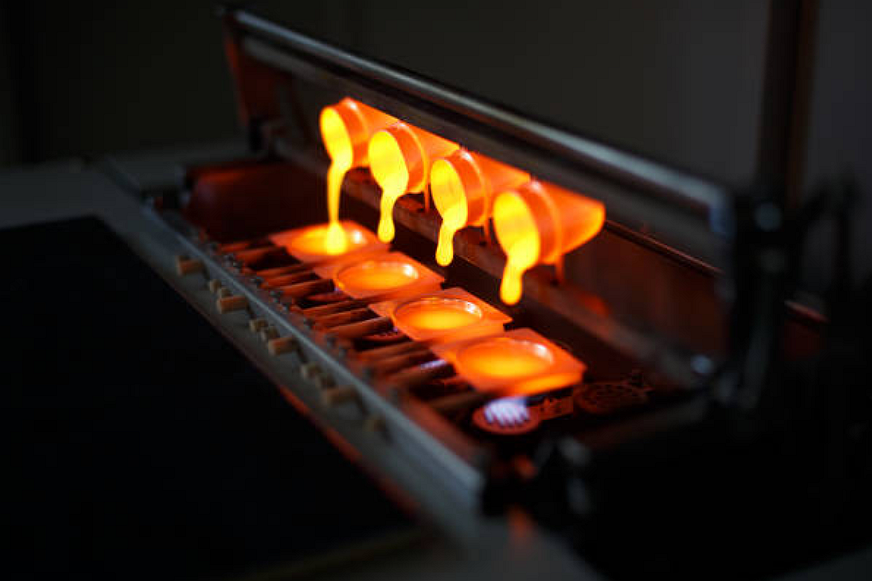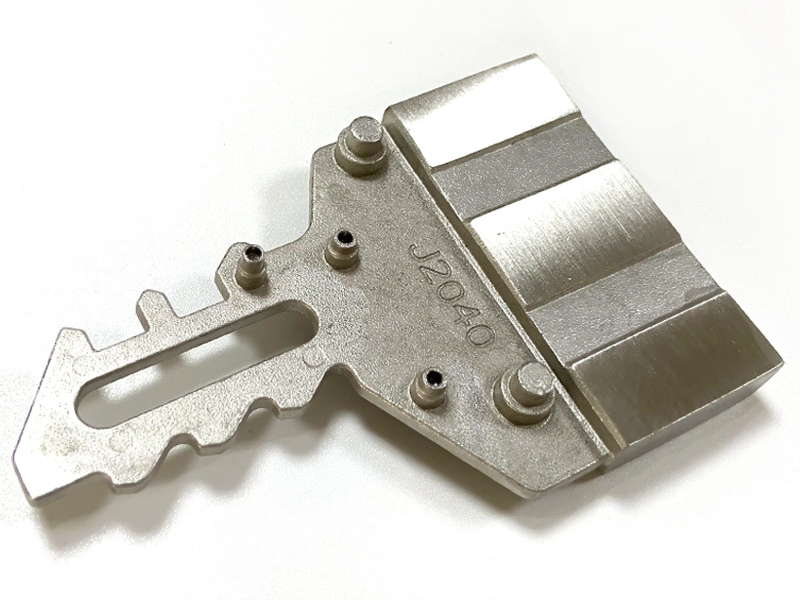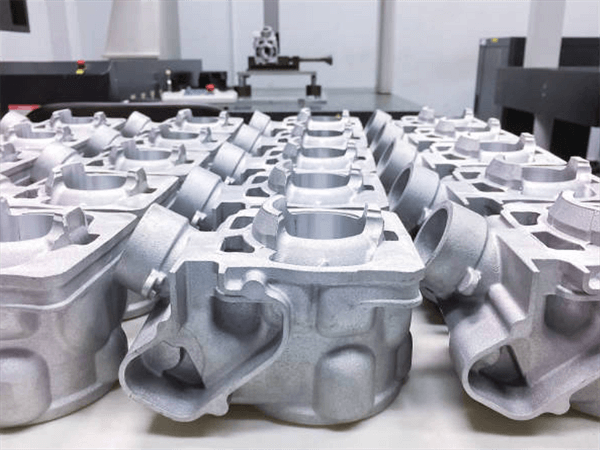What advancements are improving gravity casting processes?
Evolving Precision in Mold Design
As an engineer at Neway, I have witnessed how advanced mold technologies have revolutionized gravity casting. The integration of 3D simulation tools allows us to analyze metal flow and solidification behavior before production begins. This minimizes porosity and improves dimensional accuracy. By pairing mold design optimization with precise temperature control, defects are reduced, and material utilization is enhanced. For aluminum alloys such as A356 and B390, customized gating systems ensure superior mechanical performance and excellent surface quality.
Automation and Smart Manufacturing
Automation has become a cornerstone of modern custom parts manufacturing. Robotic handling systems now manage molten metal pouring and part extraction with remarkable consistency, reducing labor variability and human error. Real-time data monitoring, powered by IoT sensors, helps control casting temperature, filling speed, and cooling rates—key to achieving repeatable results across large batches. When combined with CNC machining prototyping, engineers can validate geometry before scaling to mass production, accelerating development cycles while ensuring product integrity.
Enhanced Materials and Alloy Development
The performance of gravity cast components largely depends on the alloys used. Advanced magnesium alloys and high-strength copper alloys are now widely adopted to reduce weight while maintaining toughness and corrosion resistance. Moreover, the growing use of nickel-based alloys and zinc alloys has expanded the potential of gravity casting into high-temperature and electrical applications. This enables the process to meet demanding needs in the aerospace and energy sectors.
Integration with Hybrid Manufacturing
Modern production strategies integrate precision casting with secondary processes, including CNC machining and powder compression molding. This hybrid approach improves part density, surface finish, and dimensional precision. Engineers now integrate additive manufacturing to create complex sand cores or mold inserts, enabling intricate internal geometries that traditional tooling cannot achieve.
Surface Enhancement and Durability
After casting, the right surface treatment enhances mechanical properties and appearance. Techniques such as anodizing and powder coating protect against corrosion and wear, while also offering aesthetic finishes for consumer-facing components. For parts exposed to heat, thermal barrier coating improves longevity by reducing oxidation and thermal fatigue—crucial in engine and turbine applications.
Sustainability and Energy Efficiency
Sustainability drives innovation across Neway’s automotive and aerospace industries. Recyclable alloys and low-emission furnaces reduce environmental impact while maintaining material performance. Efficient energy recovery systems lower operational costs and carbon footprints. Engineers also employ heat treatment processes that enhance strength without excessive energy consumption.
Applications Across Industries
These advancements have made gravity casting a reliable process for critical sectors. In energy systems, it produces turbine housings with high thermal stability. In consumer electronics, it supports the fabrication of lightweight and conductive enclosures. For automotive components, the process ensures dimensional repeatability and fatigue resistance—key for drivetrain and structural parts.



